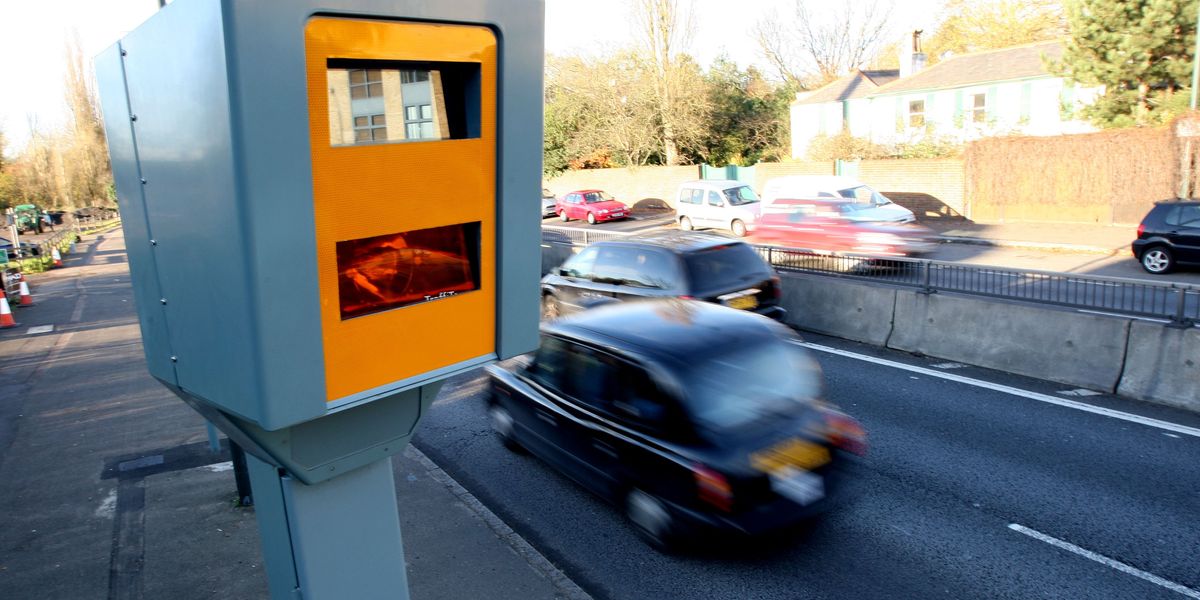This week, keen stargazers will be treated to a spectacular display in the night sky.
In a rare ‘planetary parade’, all seven planets will align and be visible from Earth.
Best of all, you don’t even need a telescope or any special equipment to see our solar system in its full glory.
This rare alignment won’t happen again until 2040 – so you don’t want to miss it.
Dr David Armstrong, associate professor of physics at Warwick University, told MailOnline: ‘This week multiple planets will be visible in the sky at once.
‘Friday 28th is the special date, with all seven planets other than the Earth visible in the sky – if the night is clear!’
In an extraordinary piece of luck, this happens to align perfectly with the New Moon, so conditions for planet spotting will be perfect.
Here’s how you can catch a glimpse of the ‘great planetary alignment’.
How to see the planetary parade
Although all the planets will be visible in the sky, actually spotting them could be a challenge unless you know where and when to look.
Dr Armstrong says: ‘The best time to see the planets in the UK is early in the evening just after sunset.
‘You can see five of the planets with your own eyes, Mercury, Mars, Venus, Jupiter and Saturn. Venus in particular is very bright, but Mars is noticeably red and Saturn yellow.’
Saturn will be the lowest planet on the horizon and the hardest one to spot with the naked eye.
Since it sets shortly after the sun, there will only be a few minutes while the planet is above the horizon and the sky dark enough to actually see.
To find it, look low on the horizon to the West, straight after the sun sets.
Dr Armstrong recommends using one of the many free night sky apps to help pick out the planet’s exact location since it might be quite faint.
This week, stargazers will be treated to a stunning treat as all seven planets will be visible in a rare planetary parade (stock image)

This image shows Jupiter (left), the moon (middle), and Venus (right) from Charlotte NC, United States earlier this month. On Friday, all seven planets other than Earth will be visible
Just above Saturn, you will be able to see Mercury also glowing dimly.
Right above that will be Venus, which is by far the brightest of all the planets in the sky and should be very obvious.
Much higher in the sky and in the East, you should also be able to see the bright glow of the gas giant Jupiter.
If you are struggling to find Jupiter, try and look for the constellation Orion which will be in the South East after sunset.
Jupiter should be visible just above the star Rigel, the brightest of the stars in Orion which glows with a pale bluish-white colour.
Finally, a little lower and to the east of Jupiter you will be able to see Mars with its signature reddish-pink hue.
However, seeing Neptune and Uranus will require a powerful pair of binoculars or a telescope since they are so far away from Earth.
Although Uranus is technically bright enough to detect with good eyesight this requires very dark skies and excellent knowledge of its location to pick it out among the other stars.

The conjunction of planets Venus (top) and Jupiter in the sky above Salgotarjan, Hungary, March 2, 2023. Venus appears brighter because it is closer to Earth and will be easily visible on Friday

Members of the public will need a telescope or binoculars to view two of the planets – Neptune and Uranus. However, Uranus is technically visible to the naked eye in perfect conditions
To give yourself the best chance of seeing the planets make sure to set out before sunset to find a place with a good view of the sky.
Since Mercury and Venus will be lower on the horizon it’s important to find somewhere that doesn’t have trees or buildings obscuring your view to the southwest.
Likewise, try to get away from sources of light pollution like streetlights and populated areas since this will make the planets appear dimmer.
Be sure to give your eyes plenty of time to adjust to the darkness and avoid using torches or looking at a bright screen which would ruin your night vision.
Will there be good viewing conditions?
Luckily, the date of the great planetary alignment happens to fall exactly on the date of the New Moon.
That means the sky will be as dark as possible, which should make the planets much easier to see.
A Met Office spokesperson told MailOnline: ‘Many places on Thursday evening will have a good chance of seeing some clear skies with widely dry conditions. Earlier in the evening is best before mist and fog patches develop.

At 6pm on Friday night, shortly after sunset, there will be intermittent cloud cover over most of England and Wales. Unfortunately, Scotland and Northern Ireland will have much heavier cloud cover and may struggle to see the planets
‘On Friday evening, there will be increasing amounts of cloud across Scotland and Northern Ireland with rain arriving from the west, but longer clear skies for much of England and Wales, especially in the south, through the early part of the night.’
Unfortunately, there is a fairly thick cloud forecast over Scotland and Northern Ireland which could make viewing conditions quite poor.
Temperatures are expected to fall towards 2°C (35.6°F) in some places so be sure to dress warmly if you plan to spend a long time outside stargazing.
What is a planetary parade?
A planetary parade, or planetary alignment, is a period of time when multiple planets are visible from Earth at the same time.
Dr Shyam Balaji, of King’s College London, told MailOnline: ‘Planetary alignments occur because the planets in our solar system orbit the Sun within roughly the same plane, known as the ecliptic plane.
‘As they orbit at different speeds and distances from the Sun, there are moments when they appear to line up from Earth’s perspective.’
Although the planets go around the Sun on an orbital plane that is flat like a disk, this line actually appears curved from our perspective.
Since the Earth is tilted on its axis, the elliptical plane looks curved when we trace it onto the sky.
This is the same curve followed by the sun when it rises and sets and is why the planets in the parade don’t appear in one straight line.
Although the planets appear close together in the sky, they actually remain separated by many millions or even billions of miles.
This is why planetary alignments don’t cause gravitational effects that could impact the tides or weather here on Earth.
‘The gravitational influence of the planets on Earth is negligible compared to that of the Moon and the Sun,’ says Dr Balaji.













